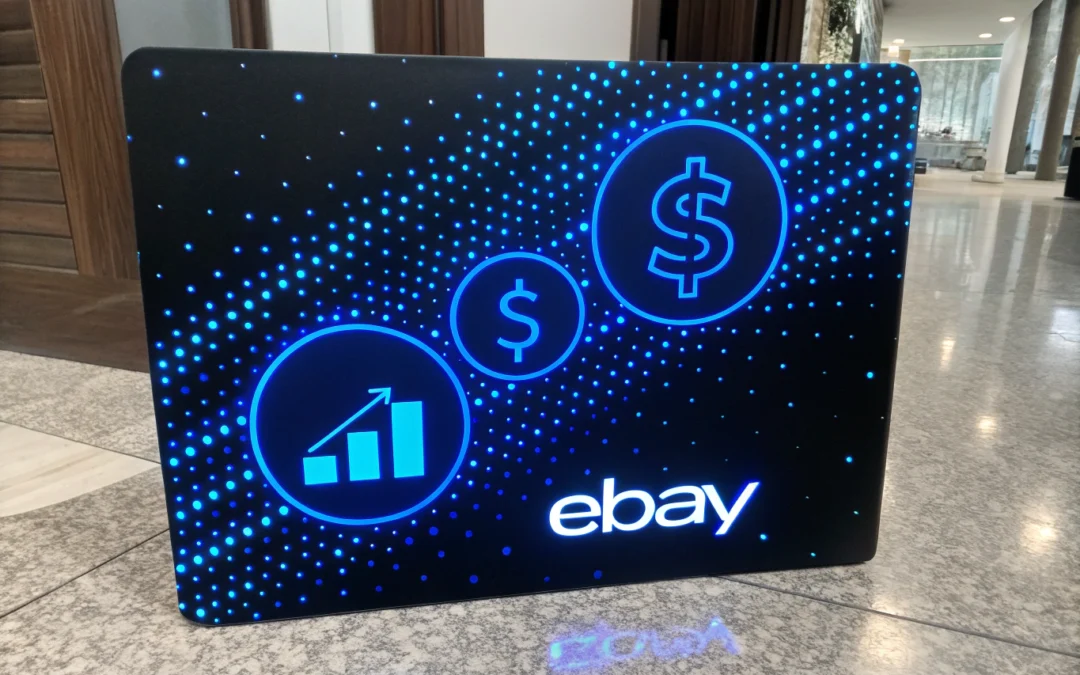Understanding eBay Bucks: A Deep Dive into Loyalty in E-commerce
When it comes to online marketplaces, eBay has been a persistent player in the game. One of the lesser-discussed tools in its arsenal is the eBay Bucks program. While the name might suggest a simple rewards scheme, there’s a bit more complexity under the hood that entrepreneurs and marketers would do well to understand.
The Basics of eBay Bucks
Imagine eBay Bucks as a loyalty program that’s trying to shake hands with both buyers and sellers. Essentially, it offers a rebate system where participants earn “bucks” on eligible purchases. These eBay Bucks are then redeemable for future purchases, creating a cycle that encourages continued engagement with the platform.
From a seller’s perspective, eBay Bucks could be seen as a double-edged sword. On one hand, they drive traffic and encourage larger purchases. On the other, they introduce a layer of complexity into pricing strategies and profit margins. The program’s design nudges users towards more frequent transactions, but it also demands a recalibration of how sellers perceive customer acquisition costs.
Why It Matters
At its core, eBay Bucks is an attempt to mimic the loyalty programs that have worked wonders in retail. It’s a strategy that banks on the human penchant for saving and the thrill of earning rewards. But unlike a traditional punch card at your local coffee shop, eBay’s digital ecosystem allows for nuanced data collection and personalization.
To eBay, these Bucks aren’t just about fostering loyalty—they’re about data. The program collects information about buying habits, preferences, and even the timing of purchases. This data becomes a treasure trove for eBay, enabling them to refine their algorithms and offer more tailored experiences.
The AI Angle
In the world of AI, eBay Bucks represents a delightful mix of human psychology and machine learning. Think of AI as the diligent intern who’s constantly learning from every interaction, storing insights like a digital squirrel hoarding acorns for the winter. The data gathered from eBay Bucks transactions feeds into AI models, helping them predict trends and personalize user experiences.
The AI doesn’t just stop at personalization. It aids in fraud detection, ensuring that the loyalty system isn’t gamed by nefarious actors. It helps in pricing strategies, suggesting optimal pricing points that consider eBay Bucks earnings. It’s a complex dance, but one where the AI intern is constantly learning new steps.
Actionable Recommendations for Businesses
- Understand the Ecosystem: Dive into how eBay Bucks and similar loyalty programs operate within your niche. Knowledge is power, and understanding these systems can offer insights into consumer behavior.
- Leverage Data: Use the data from loyalty programs to understand your customers better. Tailor your offerings, tweak your marketing strategies, and consider how AI can help in achieving this.
- Experiment with AI: If you’re not already doing so, start integrating AI into your operations. Use it to analyze customer data, improve personalization, and enhance security measures.
- Reevaluate Pricing Strategies: Consider how loyalty programs like eBay Bucks impact your pricing models. Be prepared to adjust your strategies to maximize both sales and customer satisfaction.
By understanding and strategically leveraging programs like eBay Bucks, businesses can not only enhance their engagement with customers but also refine their operations to be more data-driven and AI-enhanced.
Checkout ProductScope AI’s Studio (and get 200 free studio credits)

